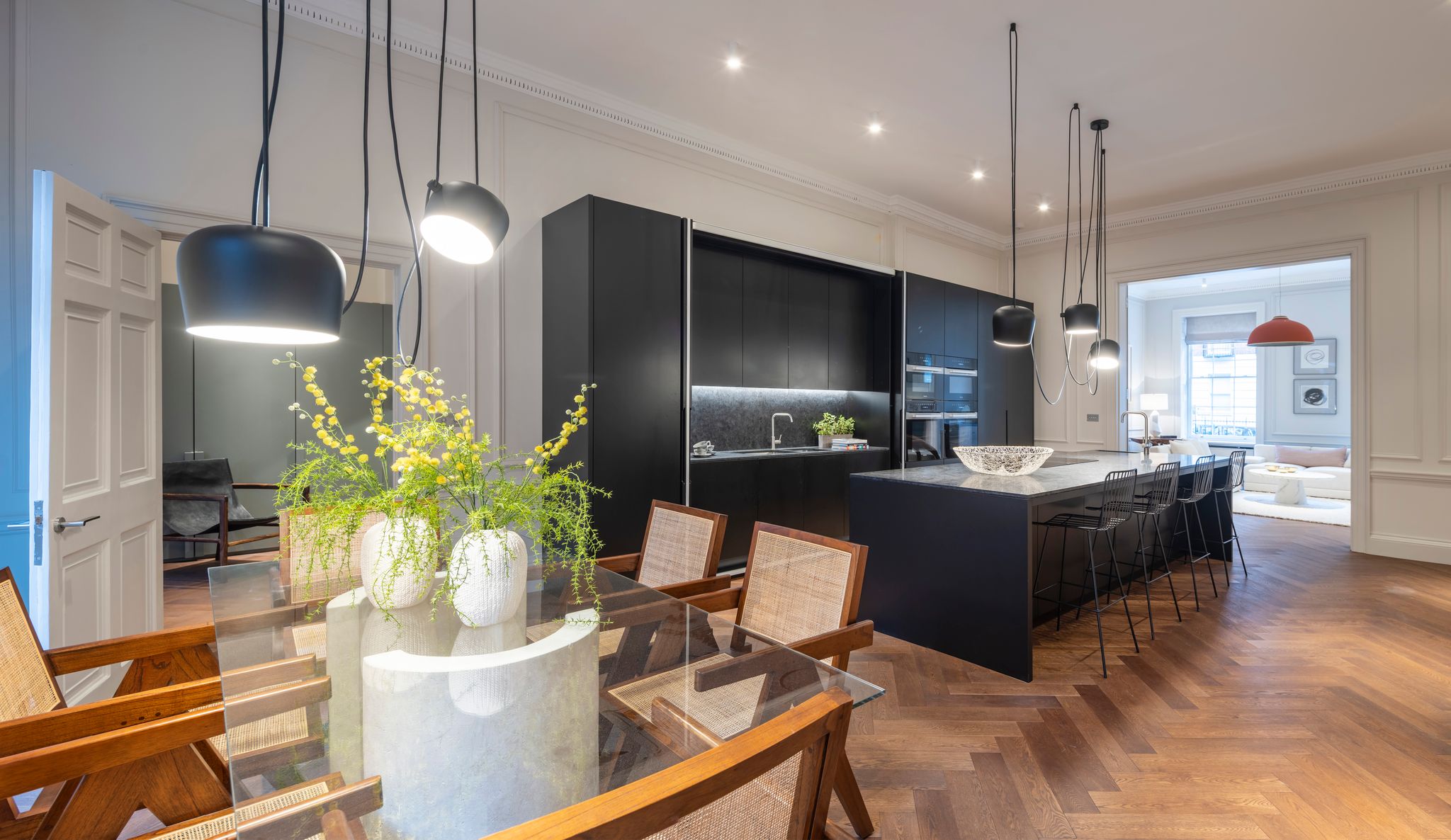What are the Best Types of Houses in the UK for Builders?

While the UK might be in recession, the construction industry continues to grow. The Office for National Statistics puts the rate of growth for August at 0.4%, which makes it the second consecutive month of growth. The construction industry is expected to grow by around 14.1% in the year 2022, according to industry surveys.
This growth is spread across virtually every part of the industry, though we can see particularly strong growth in the residential sector, as housing demand continues to boom. Certain kinds of property will tend to offer a better return for builders, while others will tend to thrive only in certain parts of the country. It’s a good idea to research a given area thoroughly to establish which kinds of property are going to turn the greatest profit, once costs like builder’s insurance are factored in.
Flats
A flat is a self-contained collection of rooms that sits within a larger building, called a block. Typically, you’ll find many identical flats sitting on top of each other. Since you can fit more properties into a smaller area, flats are often favoured in areas where land prices are high, such as inner cities. But as well as splitting the cost of land, blocks of flats also benefit from pooling utilities, like heating and electricity, between multiple properties.
Terraced
A terrace is a row of continuous houses built right up against one another, to form what is effectively a single very long building. You can think of a terraced house as functioning like a block of flats that’s been laid flat.
Detached
A detached house is entirely separate from neighbouring properties, standing on its own. They tend to be more expensive, and more easily expanded later. Detached properties are a popular choice in the suburbs, where the price of land is low enough to justify the choice.
Semi-detached
A semi-detached property strikes a compromise between a detached property and a terraced one. The house is attached to another one-on-one side, but not on the other. So, it’s like two end-terrace houses, or a terrace containing just two. The common wall between these two kinds of properties needs to be thick enough to prevent noise from being transmitted between them.
Bungalow
A bungalow is a house built without a first floor (though the attic space might be converted to offer living quarters). They’re favoured by homeowners with limited mobility, who don’t want to have to spend much time climbing up and down stairs. Houses of this kind are in high demand and are likely to continue to be so, despite their lack of space efficiency. The population of the UK is ageing, and bungalows also tend to be favoured as holiday homes.
